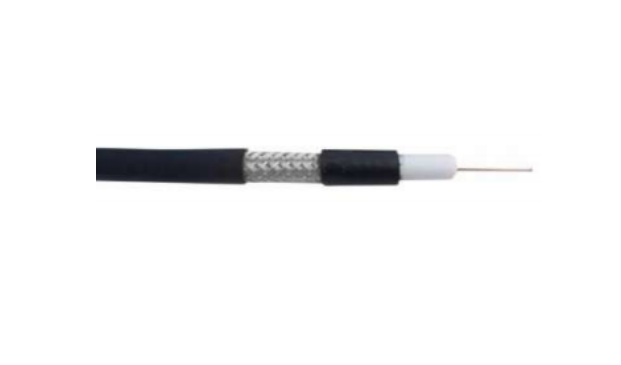RG cables are integral to modern communication systems, providing reliable transmission of audio, video, and data signals. In this article, we delve into RG cable, exploring their types, construction, applications, and critical considerations for choosing the suitable cable for your specific needs.
What is RG Cables?
RG cables, short for Radio Guide cables, are coaxial cables commonly use in telecommunications, audiovisual installations, and networking applications. These cables include a central conductor, insulation, shielding, and an outer protective jacket. The design of RG cables ensures efficient signal transmission while minimizing interference and signal loss.
Types of RG Cables:
a. RG-6: RG-6 cables are widely use for cable television (CATV), satellite TV, and high-speed internet connections. They have lower signal loss and better shielding capabilities, making them suitable for longer cable runs and high-frequency applications.
b. RG-59: RG-59 cables were popular in analog video applications but have been largely replace by RG-6 in recent years. They are still use for specific low-frequency applications, such as CCTV systems and composite video connections.
c. RG-11: RG-11 cables are thicker and have lower signal loss than RG-6. They are commonly use for long-distance, high-bandwidth applications, such as distributing signals over large areas or for commercial installations.
Construction of RG Cables:
a. Center Conductor: The centre conductor is a solid or stranded wire that carries the electrical signal.
b. Insulation: The centre conductor is surround by an insulating material, such as foam or plastic, to prevent signal leakage and interference.
c. Shielding: RG cables feature shielding layers, typically made of metallic foil or braided wire, to protect the signal from external electromagnetic interference.
d. Outer Jacket: The outer jacket provides physical protection to the cable and determines its durability and environmental suitability.
Applications of RG Cables
a. Television and Broadcasting: RG cables are extensively usedto transmit TV signals from antennas or satellite dishes to TVs and set-top boxes.
b. Networking: RG cables facilitate data transmission in Ethernet networks, particularly for high-speed internet connections.
c. Security Systems: RG cables connect surveillance cameras and other security devices to recording equipment, ensuring reliable video signal transmission.
d. Audiovisual Installations: RG cables are use in audio and video systems, including home theatre setups and professional audio equipment connections.
Critical Considerations for Choosing RG Cables:
a. Signal Requirements: Determine the frequency range and signal type to choose the appropriate RG cable type.
b. Cable Length: Longer cable runs may require cables with lower signal loss and higher shielding capabilities.
c. Environment: Consider moisture, temperature, and UV exposure when selecting the appropriate jacket material for outdoor or indoor installations.
d. Compatibility: Ensure the RG cable connectors match the devices or equipment used.
Conclusion:
RG cables are vital in modern communication systems, providing efficient and reliable signal transmission. Understanding the different types, construction, applications, and considerations for selecting RG cables will help you make informed decisions for your needs. Whether for television, networking, security systems, or audiovisual installations, choosing the suitable RG cable ensures optimal performance and signal integrity.
You may also like
-
The Silent Battle Beneath: Understanding the World of Wormfare
-
Unveiling the White CBG Strain: Characteristics, Potency, and Therapeutic Benefits
-
Why Choose Growers Choice Seeds for Buying Marijuana Seeds
-
What type of clothes wear in Qatar Business class?
-
Obtained Review – Get What Your Business Needs to Fuel Expansion

